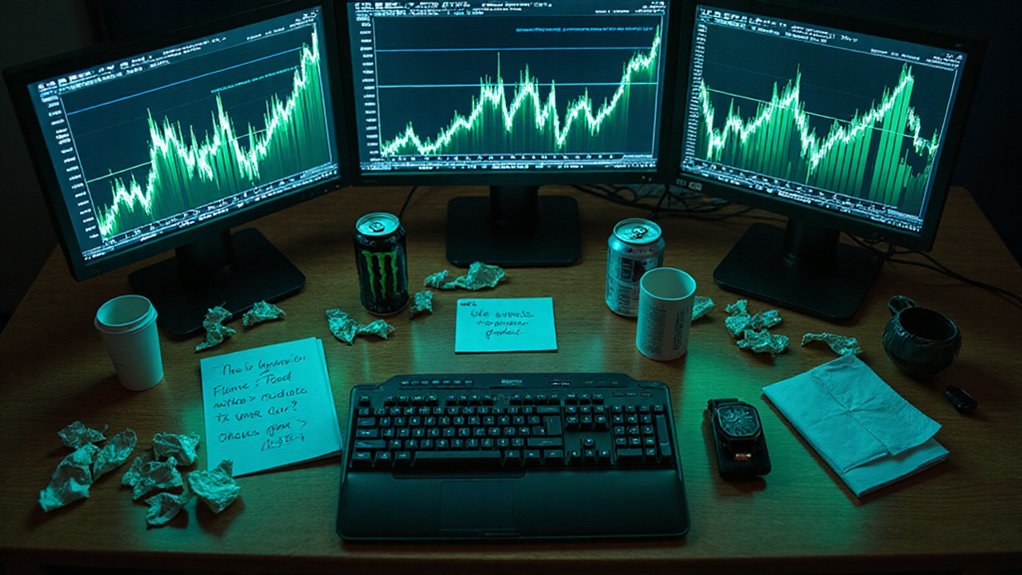A crypto trader recently transformed $6,800 into $1.5 million over roughly two weeks—not through prescient price calls or leveraged moonshot bets, but by deploying a sophisticated high-frequency market-making strategy that generated approximately $1.4 billion in trading volume while maintaining maximum drawdown of just 6.48%.
The approach defied conventional market-making wisdom by quoting only one side of the order book at any given time, creating what might charitably be called “directional micro-liquidity.” Rather than the balanced bid-ask spreads that define traditional market-making, this trader focused exclusively on perpetual futures contracts while maintaining delta exposure that rarely exceeded $175,000 long or $20,000 short—a remarkably tight risk envelope given the astronomical volume turnover.
The mathematics behind this feat relied heavily on maker rebates of approximately 0.003% per fill, which sounds trivial until multiplied across hundreds of turnover cycles daily. Through latency-optimized execution and colocated servers, the operation achieved what amounted to controlling roughly 3% of maker-side liquidity on a major crypto exchange—a level of market dominance that borders on the surreal for a two-week sprint. This performance highlighted the transformative potential for significant returns in decentralized finance for traders who master sophisticated execution techniques.
What makes this particularly remarkable (beyond the obvious wealth multiplication) is the structural neutrality achieved by avoiding spot assets entirely. The trader fundamentally gamed the exchange’s rebate structure while providing genuine market depth, creating a symbiotic relationship where aggressive automation met institutional-grade risk management. The sustained automated trading success demonstrates the effectiveness of disciplined, algorithmic approaches over speculative strategies in volatile crypto markets.
The system executed thousands of microtrades with precision timing, maximizing trading rebates while minimizing adverse price impacts from other traders attempting to exploit the quotes. Unlike Bitcoin mining operations that require substantial investments in specialized hardware and cooling systems, this trading approach leveraged existing exchange infrastructure to generate profits.
The strategy’s success illuminates an interesting paradox in modern crypto markets: sometimes the most profitable approach involves completely abandoning price prediction in favor of exploiting volatility and liquidity mechanics. While others chase directional bets, this trader fundamentally became a temporary market infrastructure, earning consistent profits through what amounts to high-frequency rent collection.
The broader implications suggest that sophisticated market-making strategies—previously the domain of well-capitalized institutions—are increasingly accessible to individual traders willing to invest in the necessary technological infrastructure and risk management discipline.





